Hidden wiring complicates the task of searching for a damaged cable, but the science does not stand still. Overview of devices for diagnosing hidden wiring.
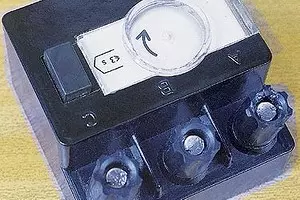
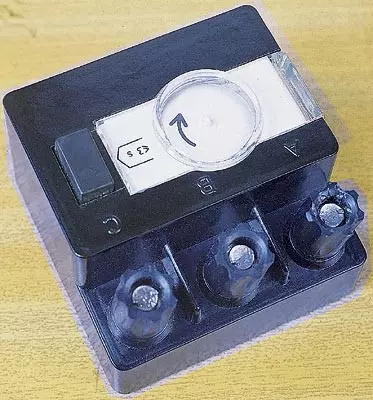

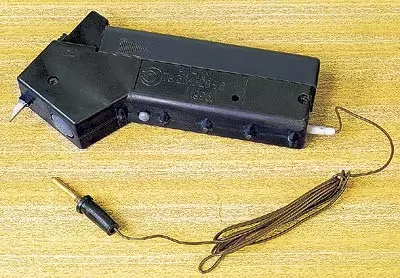
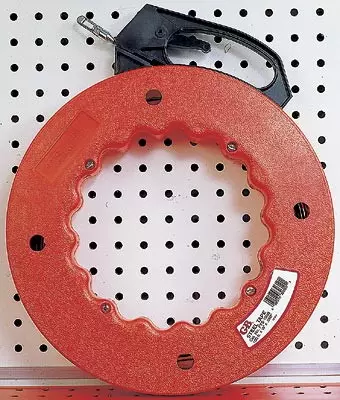
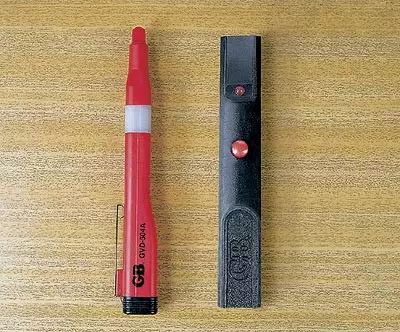
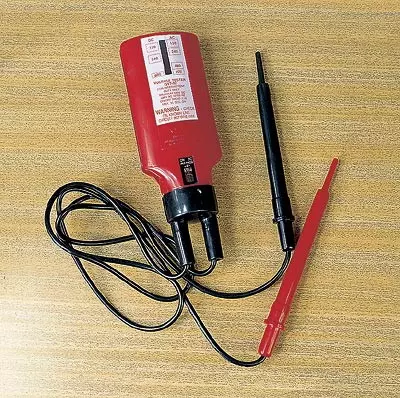
If the open wiring allows you to visually examine the wire or cable and determine the location and nature of damage, then the hidden wiring complicates the task repeatedly.
It would seem that in front of the non-working outlet or burnt in the channel of the construction panel with a wire fit out to the hand to the hand, because it is known, the walls of our houses are not transparent. At first glance, a harmless attempt to drive a nail into the wall or drill a hole in the ceiling can end: under the stucco, there may be a wire under voltage. Achto talk about more serious alterations in the process of reconstruction of the apartment.
Meanwhile, there are certain rules for laying hidden wiring, the knowledge of which could significantly simplify its search and diagnosis. These rules are governed by "Instructions for the installation of electrical equipment and power grids of residential and public buildings" developed by OAO "ProjectElectromontazh", and are mandatory for all design and construction organizations.
According to the accepted standards, the wiring in the wall, as a rule, should be enclosed in plastic pipes and boxes.
In this case, the wires in the wall panels (if the panel house) is laid parallel to architectural and building lines of the room (vertically and horizontally), in the overlap panels, along the shortest distances between the initial and end points. For the presence of a channel in building structures, connecting and branching boxes indicate, and in multi-consolidated panels, overlapping is special plastic covers for closing holes.
If you discovered the channel in the wall of the monolithic reinforced concrete, keep in mind that it can be in it until 12 pipe networks of apartment buildings of residential buildings.
It is allowed to lay the hidden wiring without pipes, special wires (for example, ADPV) in the furrows of the walls, under the plaster. Wires in this case should also pass in parallel to architectural and construction lines. At the same time, the distance between horizontally laid wires and ceiling plates should not exceed 200mm. This is just the very type of wiring, which is easiest to please the nail, drill drill (which is very dangerous), or disrupt it in the process of redevelopment of the apartment.
It is possible that you will have to encounter electrical wiring in drywall partitions. It is performed in steel or polyvinyl chloride pipes, as well as cables and wires having a shell of employed materials. The presence of wiring inside the hollow partitions indicate steel and plastic boxes of special designs, in which the installation of branches are installed, and the plug sockets and switches are installed.
Note that in the search for hidden wiring should not be reed to punctuality and conscientiousness of builders.
Are there any devices and instruments with which the search for hidden wiring and its diagnosis is made?
In this area, electrical science has achieved certain success. The set of domestic phase indicator EI-5001 by contacting the phase wire can be determined by the phase wire, and using the UNE-1-750 portable pointer to find out whether the wire is stressed. The universal Probe PU-82 contact will help determine the presence of a cliff on the network and whether it is under voltage.
The most advanced devices for these purposes are designed by Americans. At the exhibition stand in the research institute "ProjectElectromontaz" can be seen and ordered (delivery within 2-3 weeks), the instruments of the company GARDNER BENDER, which is based on the operation of the contactless (acknowledgment, safe) principle of diagnosis.
The GVT-92 voltage tester helps to distinguish zero and phase conductor at any voltage, the GVD-503 indicator, in addition to the differentiation of the conductors, also clarifies whether they are under voltage, the Voltage indicator of the GVD-504A along with these functions has a "skill" to determine the location of the hidden Wiring under voltage from 50 to 600V AC.
But the most perfect should be recognized by the VP-440 model, with which it is necessary to detect breaks in wires and cables, determine the track of hidden wiring, reveal the burned fuses inside the plugs, distinguish phase and neutral conductors in single and three-phase power sources, find cables under Voltage in the connecting boxes, find a spoiled switch in a number of other and spoiled lamps with a sequential turn on, check the operation of the circuit breakers. With variable voltage in the network 220V, the light bulb is lit at a distance of 4mm from the conductor.
So, it is not necessary to be extrasensus to find hidden wiring defects. How to replace the wire when the defect is found and installed the wiring track?
If only the wire is not fixed under the plaster on the screens, and is laid in pipes or channels, it is easy to replace it with a device for pulling wires and cables through pipes and cavities in the panels.
Based on the principle of the spring. Flexible, length up to 30m, spring wire itself, like a tape measure, pushed out of the cassette into the channel through which the wire will be tightened. As soon as the end of the wire with a special tip appears in a splitting or junction box, the wire clings for it, and the wire is wounded back to the cassette. The American company GARDNER BENDER offers a device immediately in three modifications - FTS-100B, FTX-100, FTFK-100, differing from each other, mainly, the presence or absence of a light bulb at the end of the wire pushed to the channel (which is especially convenient when it is important to know Which of the branches this wire fell). You can replace the wire in the channel and the "old grandfather's way", that is, with the help of an old spoiled wire, hook the end of the new and drag it into the canal. Unless, of course, the old wire will not interrupt or unloaded. And finally, if a thick cable is started in the canal, it has an electrically driven machine to drag it.
Specialists of OJSC "ProjectElectromontazh" consider it necessary to recall that the opening section between the outlet and consumers of the current is the most vulnerable place. The electric cord leading to the household electrical application is wearing with time, creating a short circuit. In addition, this cord is usually a smaller cross section than the wire, bringing energy to the outlet, which creates greater resistance. If the electrical circuit is long, with a short circuit, the protection automata may not work, which will lead to the fire of wires. Therefore, follow the golden rule, if possible, do not leave the electrical appliances included in the outlet, unless of course they are depending on the network provided by their design (clock, programmable music centers, TV, refrigerator).
The editors thanks JSC "ProjectElectromontazh" for the ability to photographing on the stands of the company.
